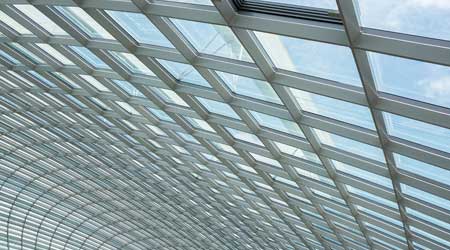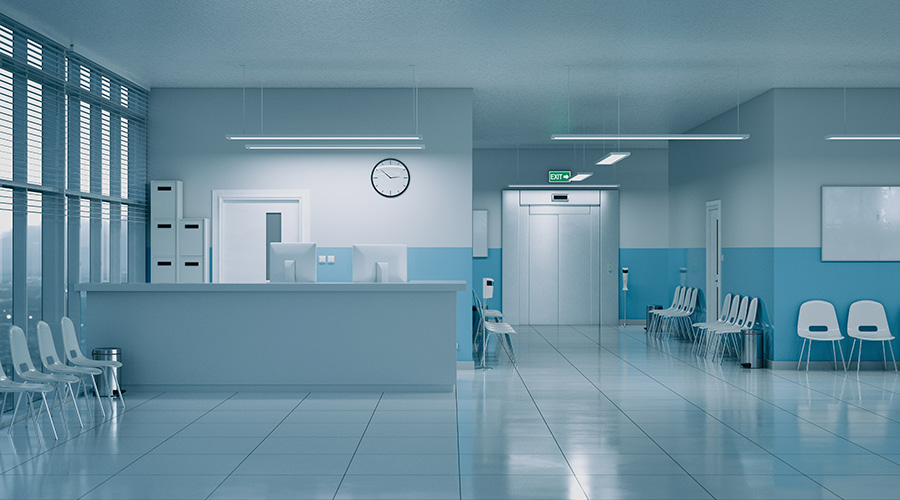A design alternative to conventional curtain wall systems, window walls are an attractive option, according to an article from Building Operating Management on the FacilitiesNet website.
Meeting market demands for aesthetics, ventilation, flexibility, cost, and speed, window walls can offer unique design features. For example, window walls offer various ventilating styles, such as projected casement, sliding windows, and both terrace and sliding glass doors.
The typical makeup of a window wall consists of 80 to 90 percent fixed windows. They utilize dry glazing, are factory-glazed from the interior, and are usually very large. They extend from floor to ceiling and appear to be a continuous system, wrapping around each floor. As window walls are compartmentalized between floors, sound transmittance in the building is greatly reduced.
Cost savings and time efficiency are two of the biggest advantages when utilizing window walls. These units are traditionally manufactured and glazed off-site. This eliminates the need for time-intensive construction of the mullion system and on-site glazing, which is common for curtain walls. The greatest advantage of window walls is cost efficiency. They are a budget-friendly alternative to curtain walls
Window walls do well with air infiltration and water resistance, in a similar way to curtain walls, and their popularity in the United States continues to grow.

 Hand, Foot and Mouth Disease on the Rise
Hand, Foot and Mouth Disease on the Rise Preparing for the Hazards of Winter Weather
Preparing for the Hazards of Winter Weather BayCare Reveals Pagidipati Children's Hospital at St. Joseph's
BayCare Reveals Pagidipati Children's Hospital at St. Joseph's Why Identity Governance Is Becoming a Facilities Management Issue
Why Identity Governance Is Becoming a Facilities Management Issue Habitat Health Opens South Los Angeles PACE Center
Habitat Health Opens South Los Angeles PACE Center